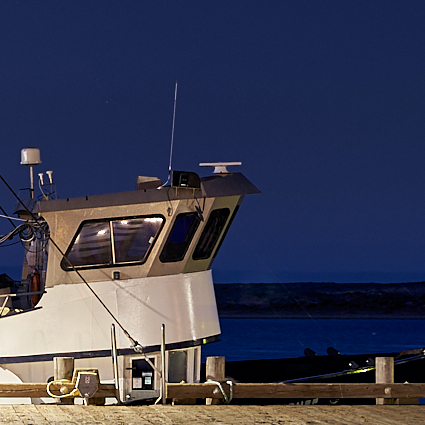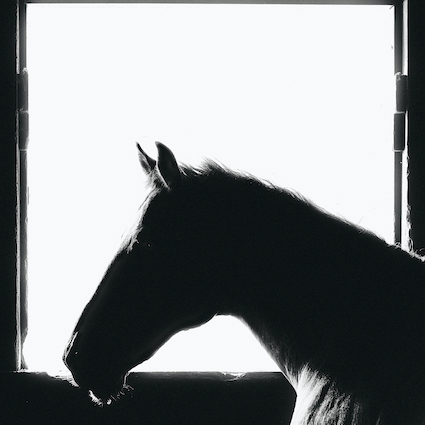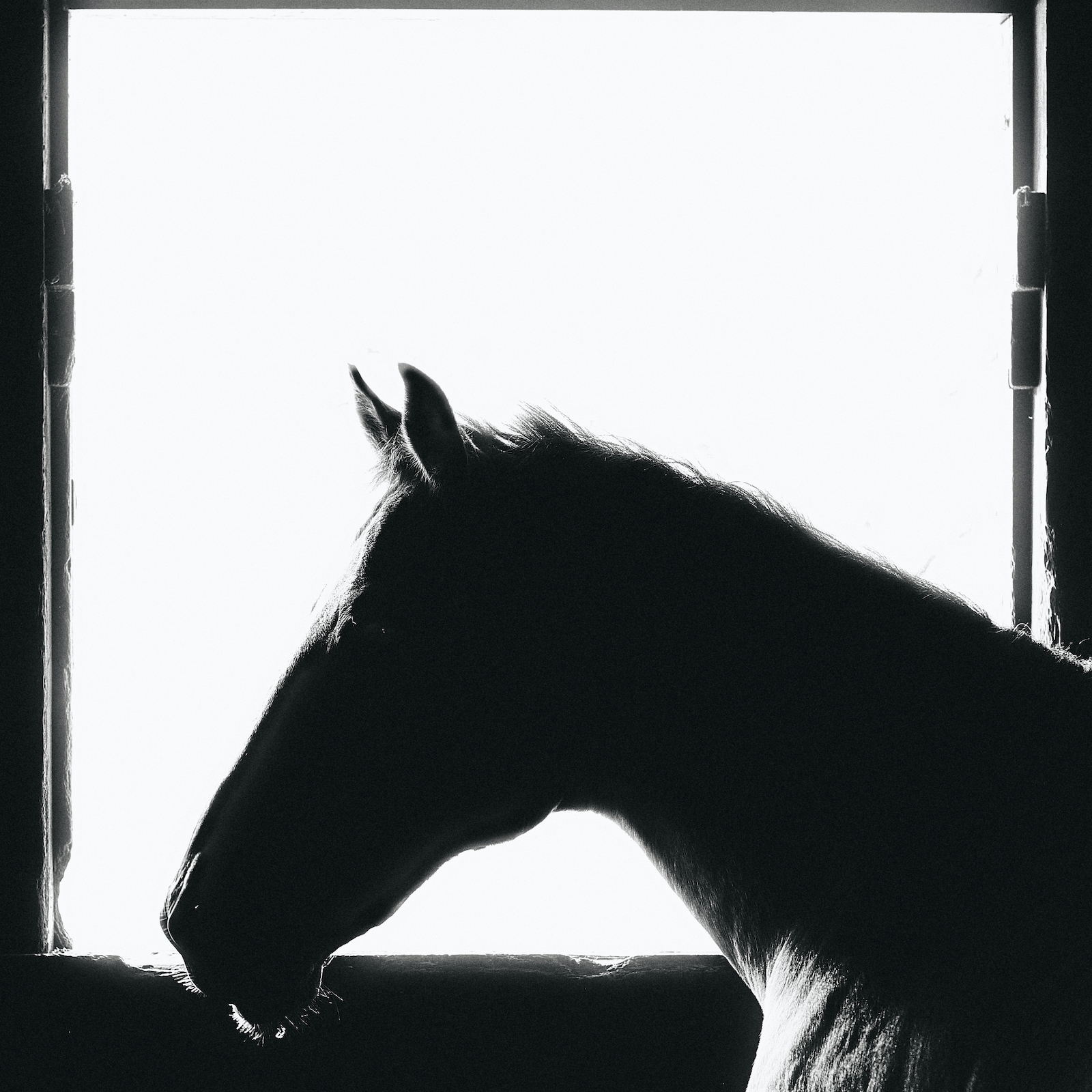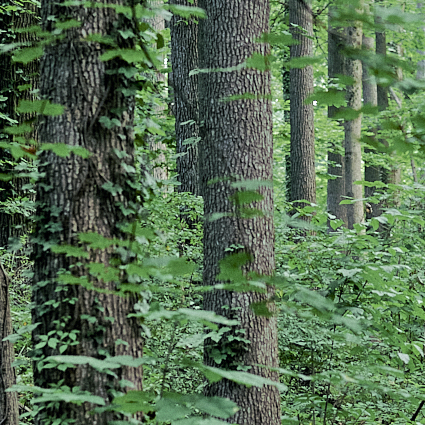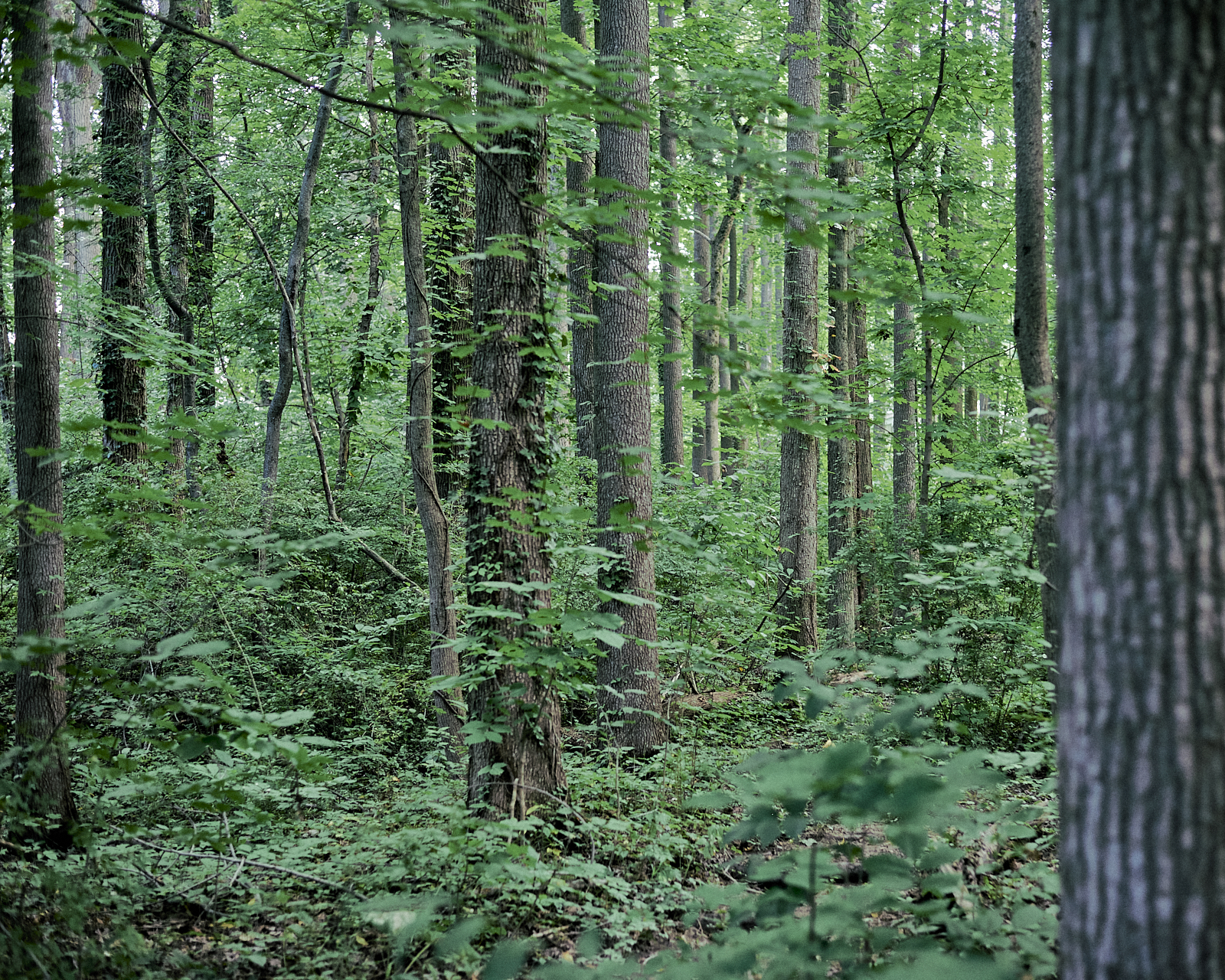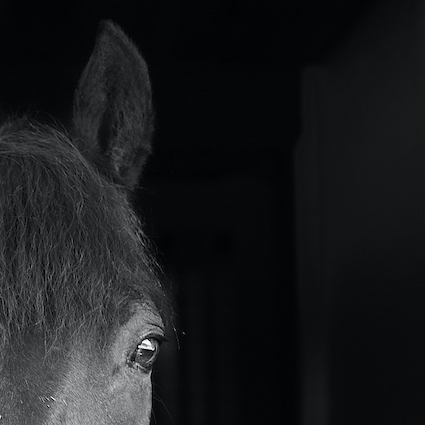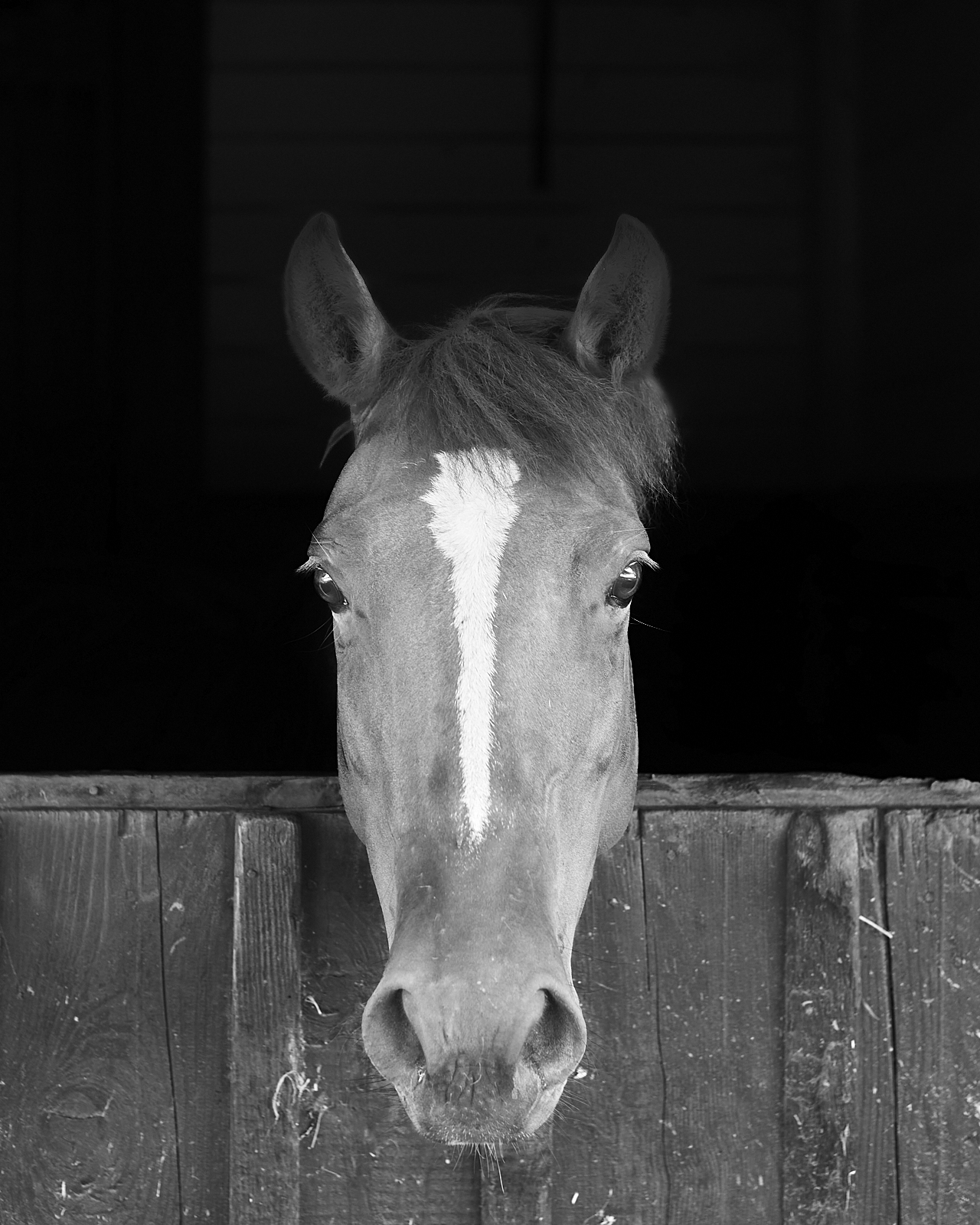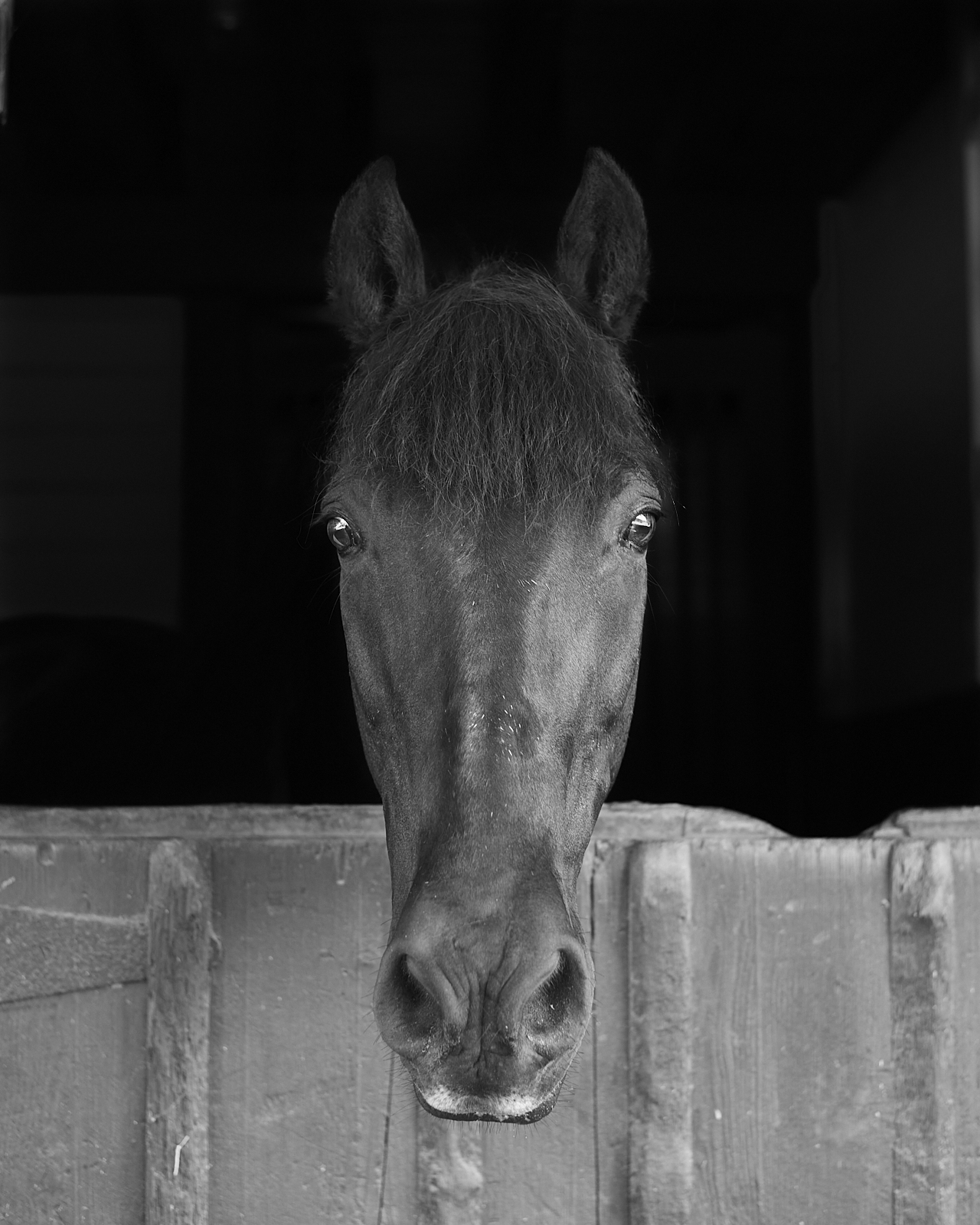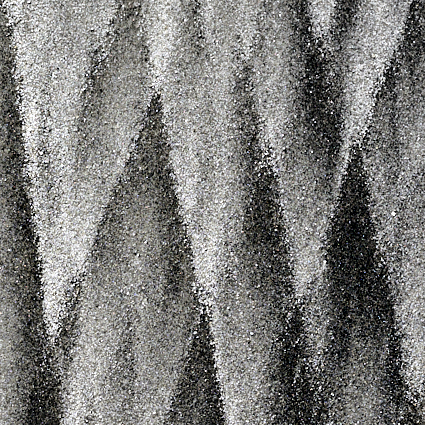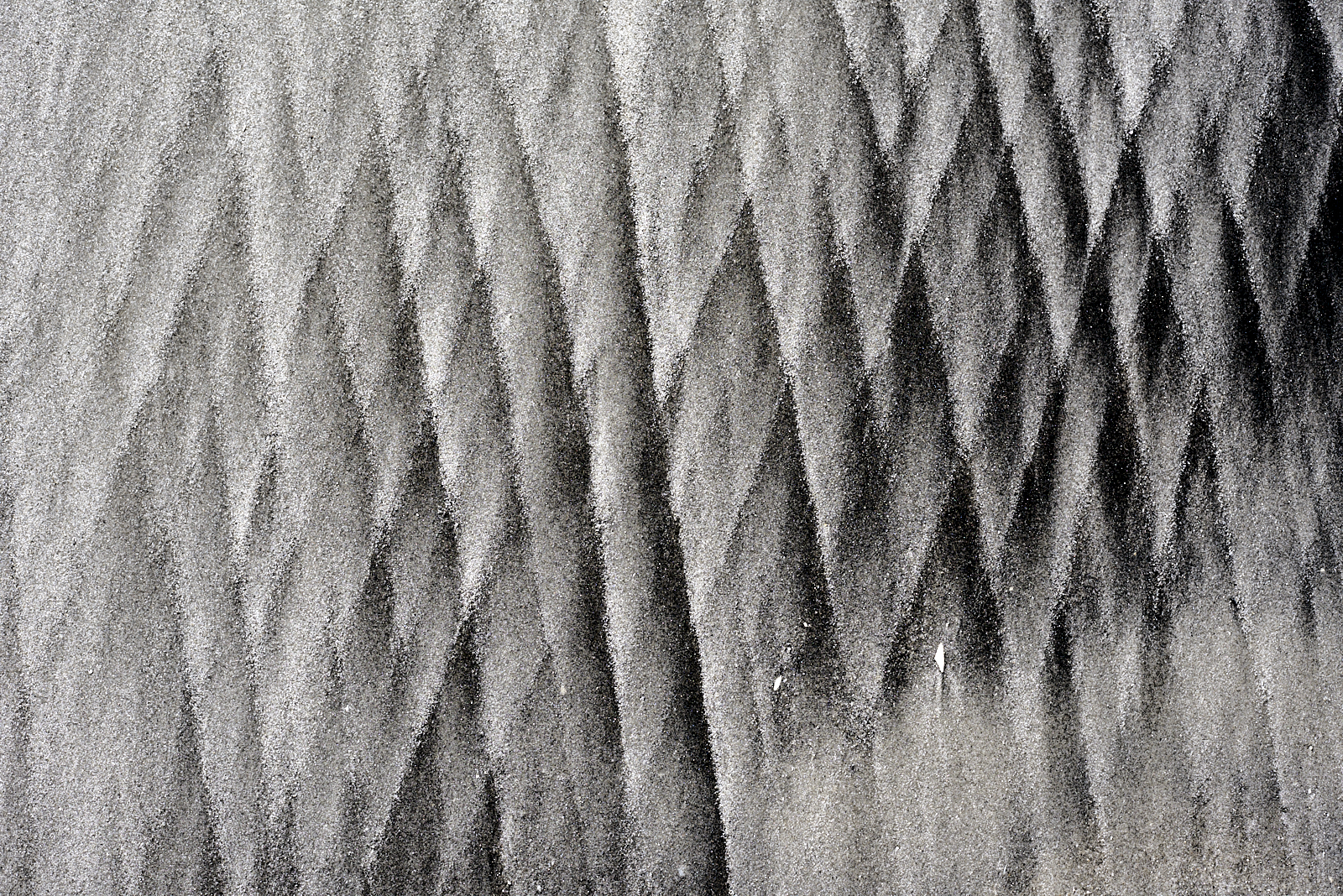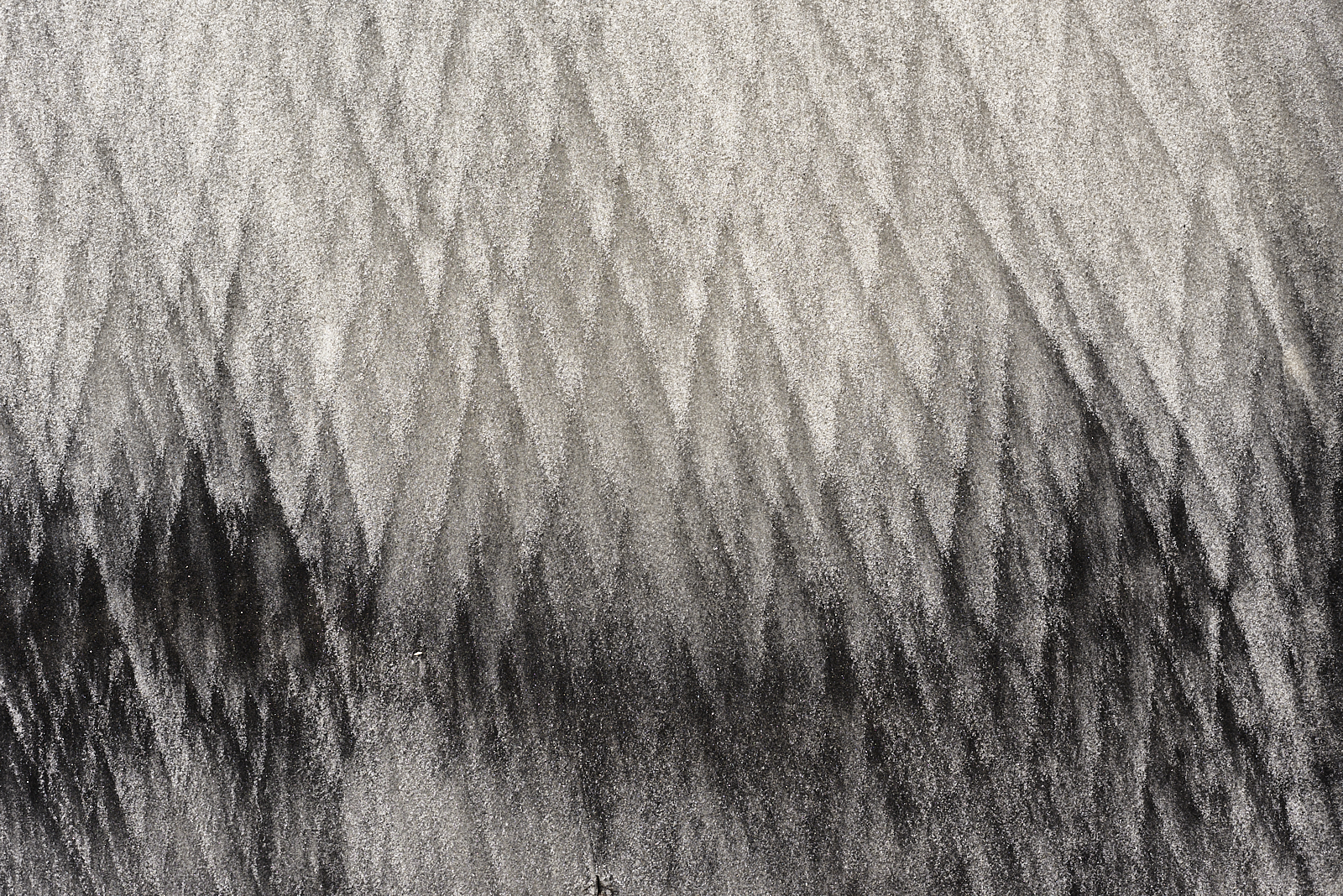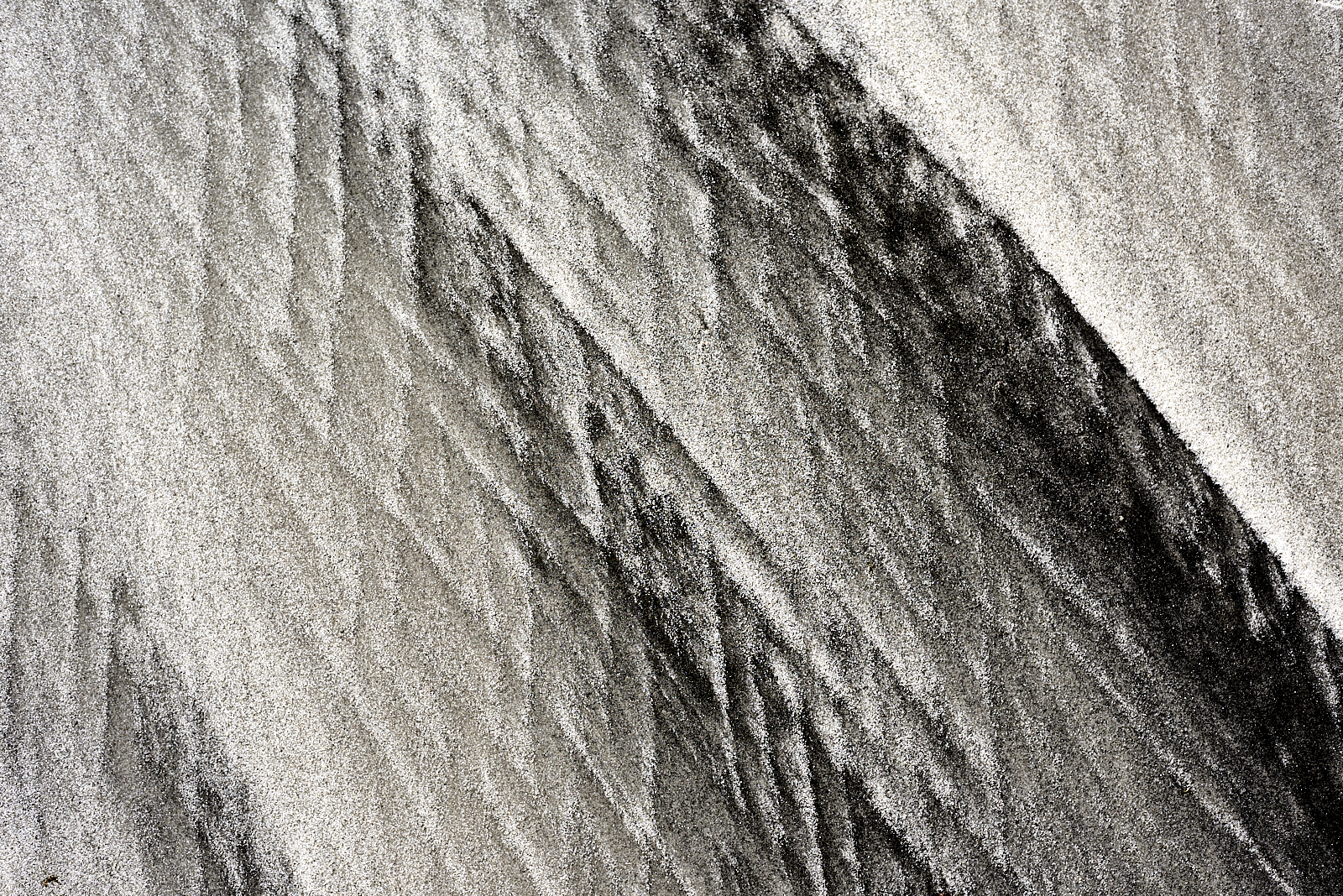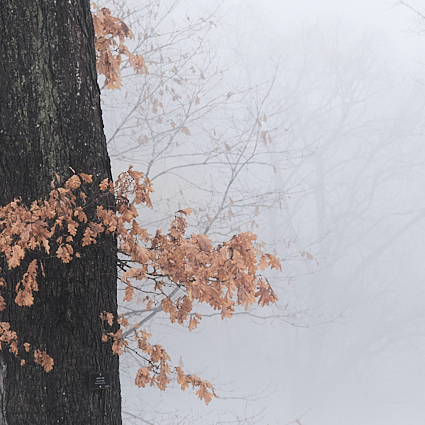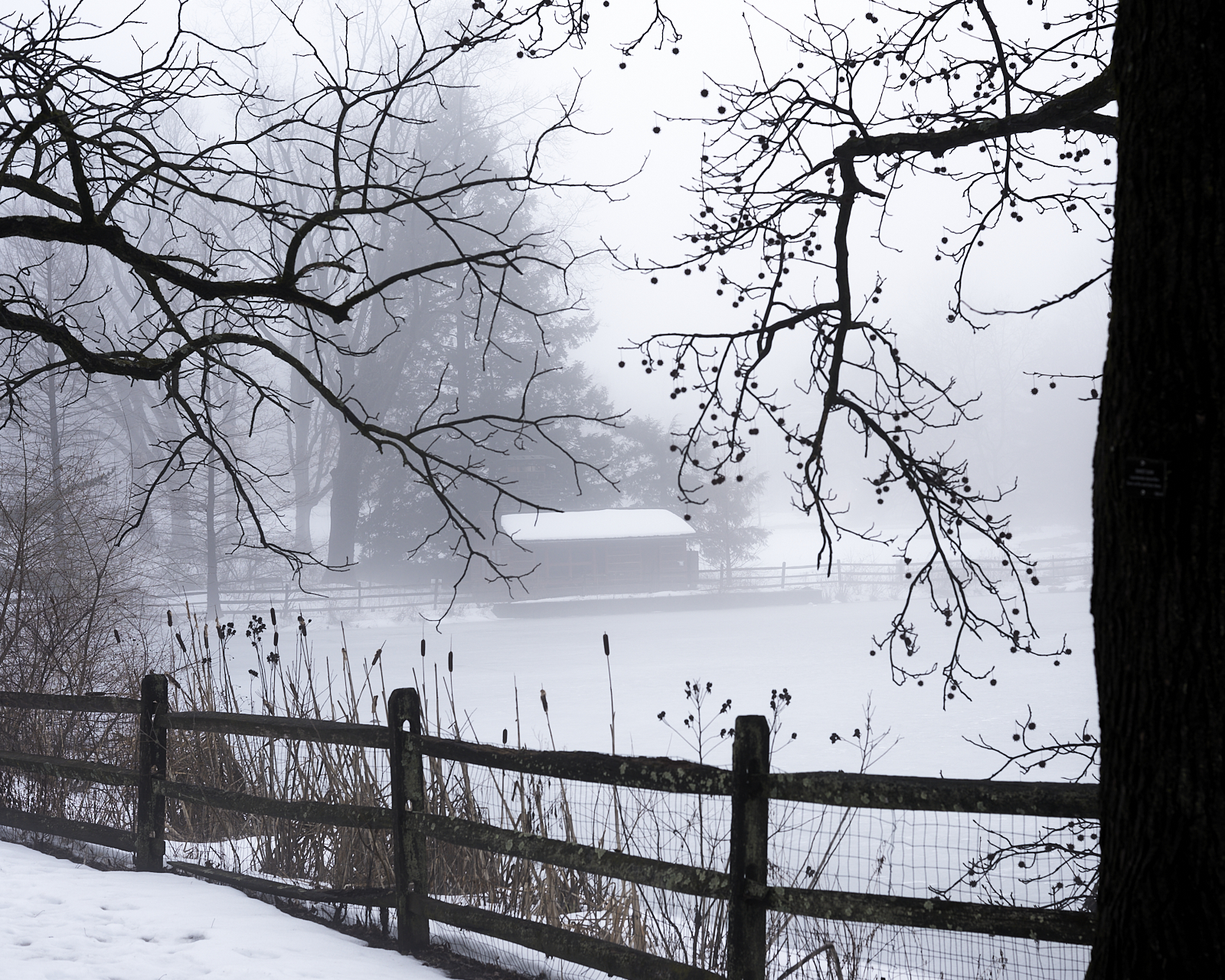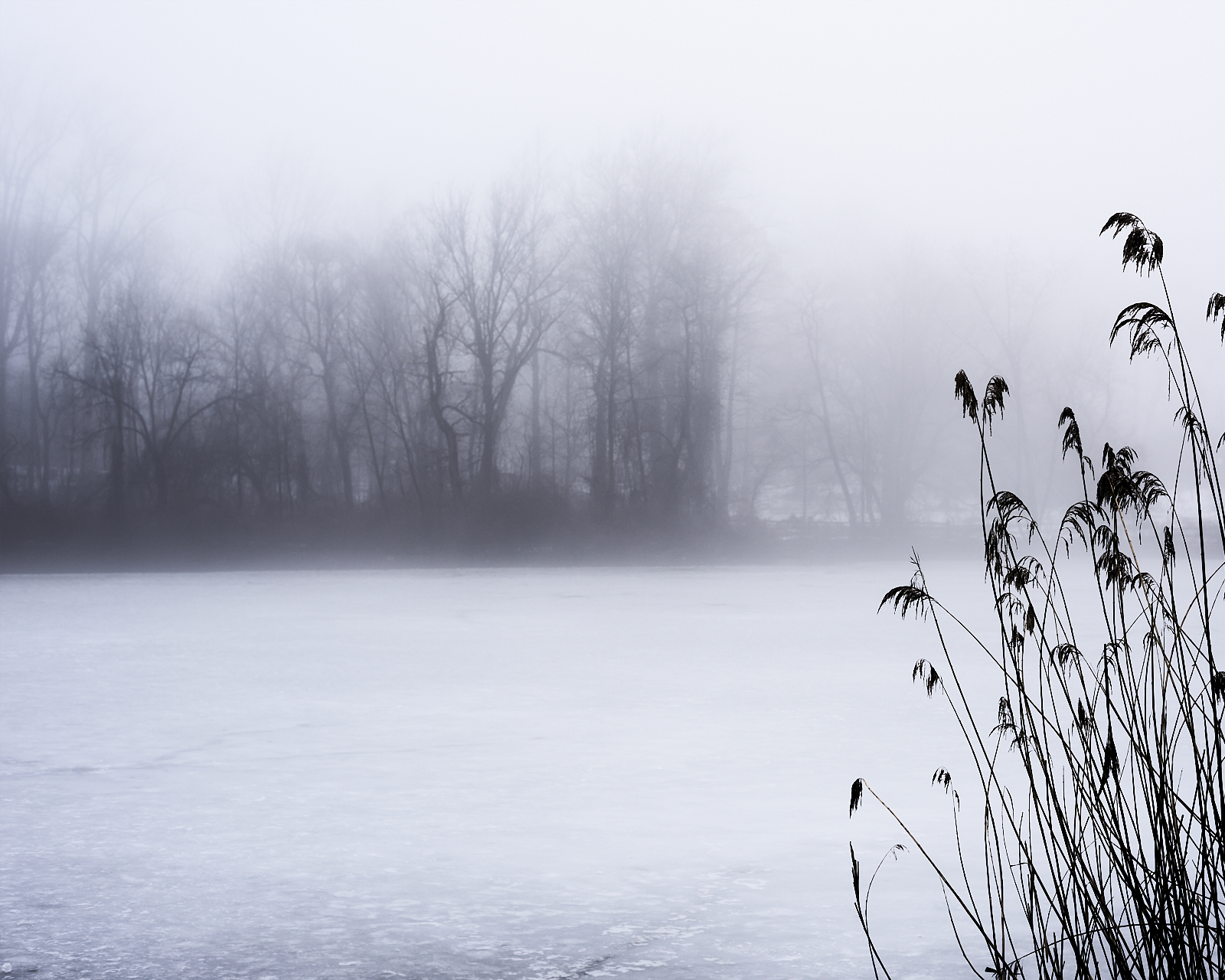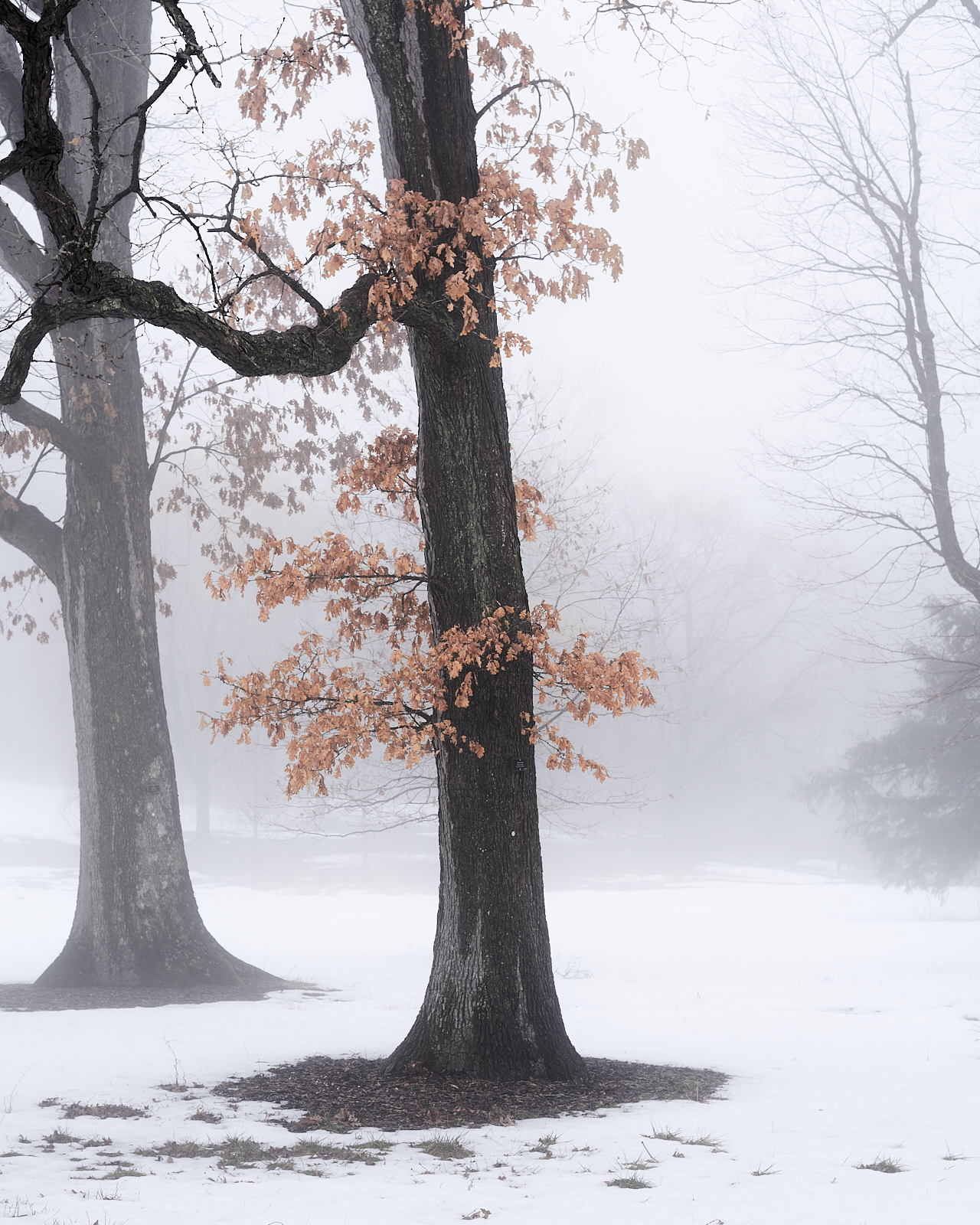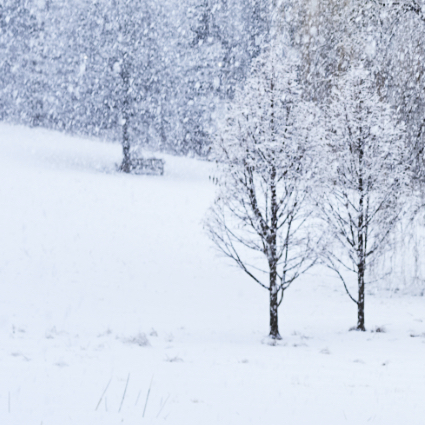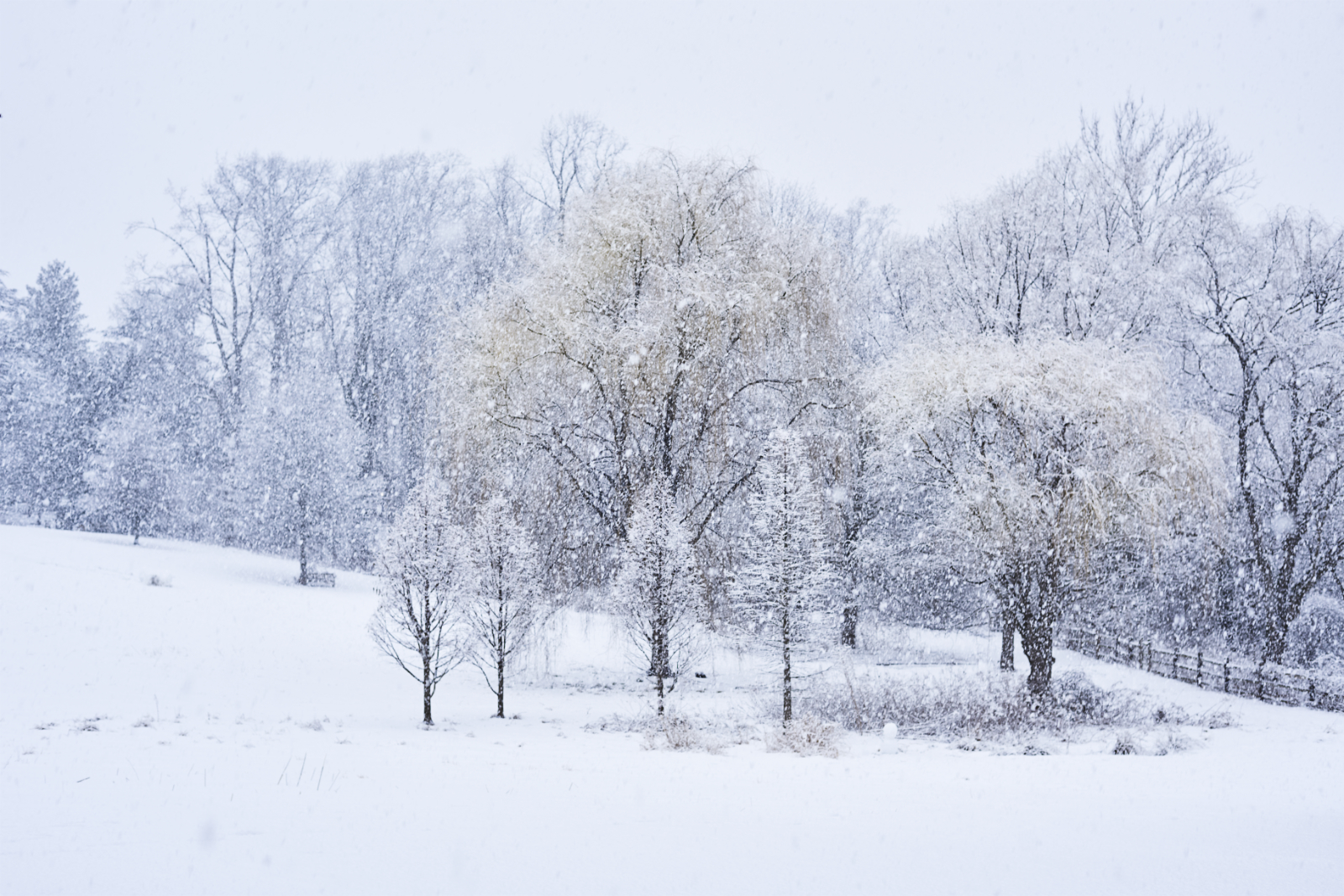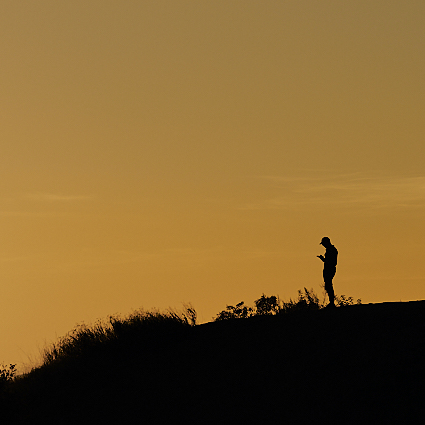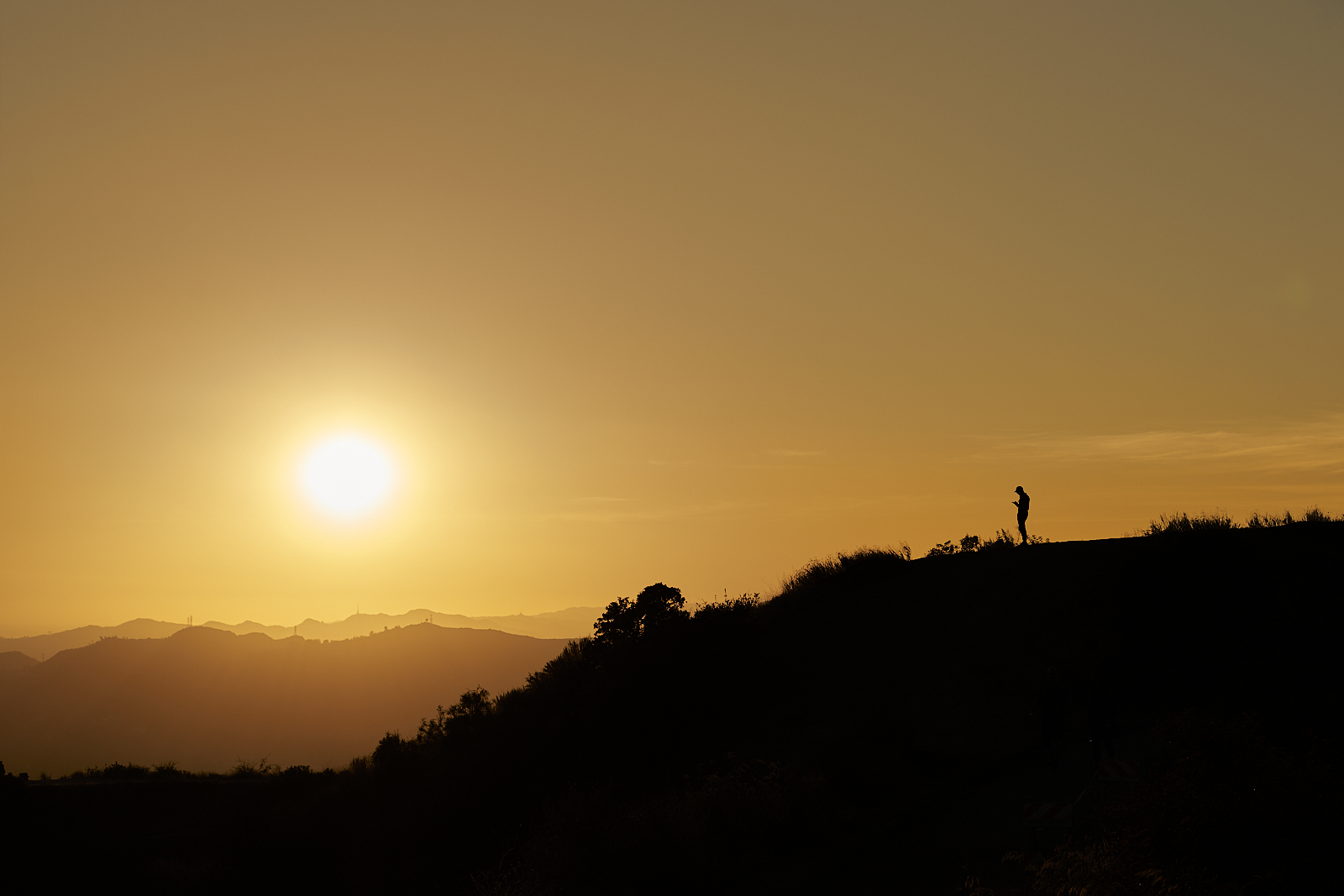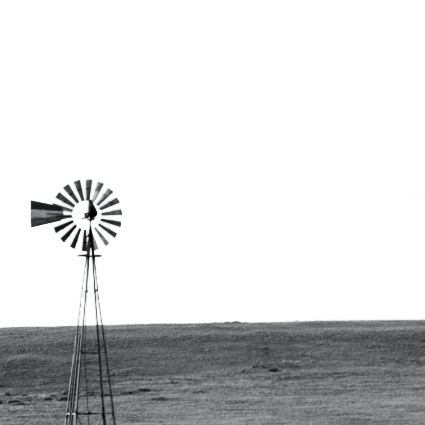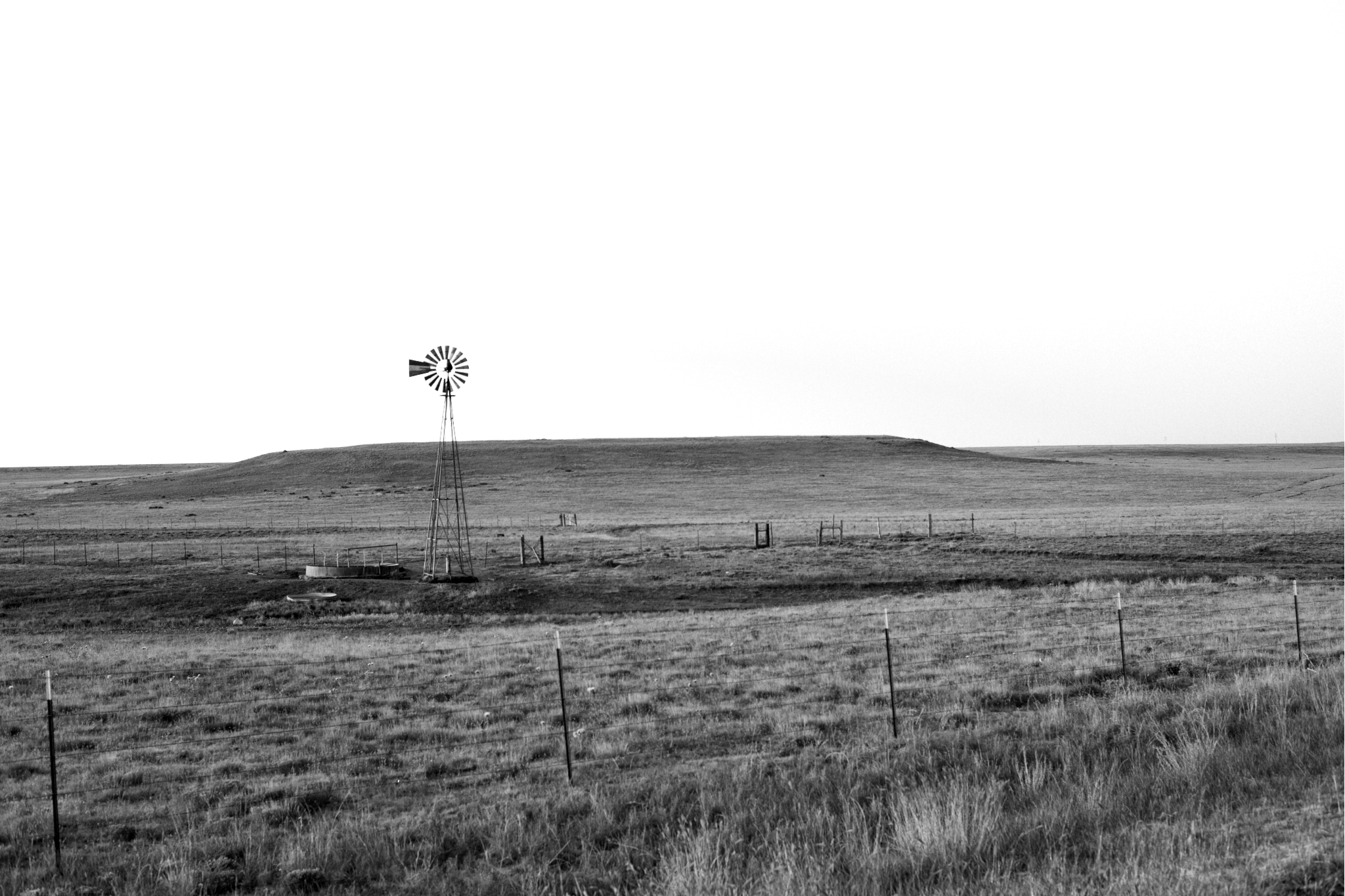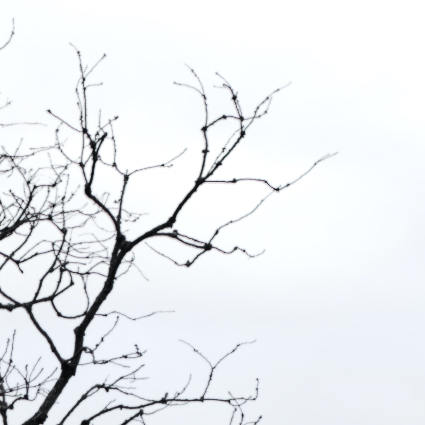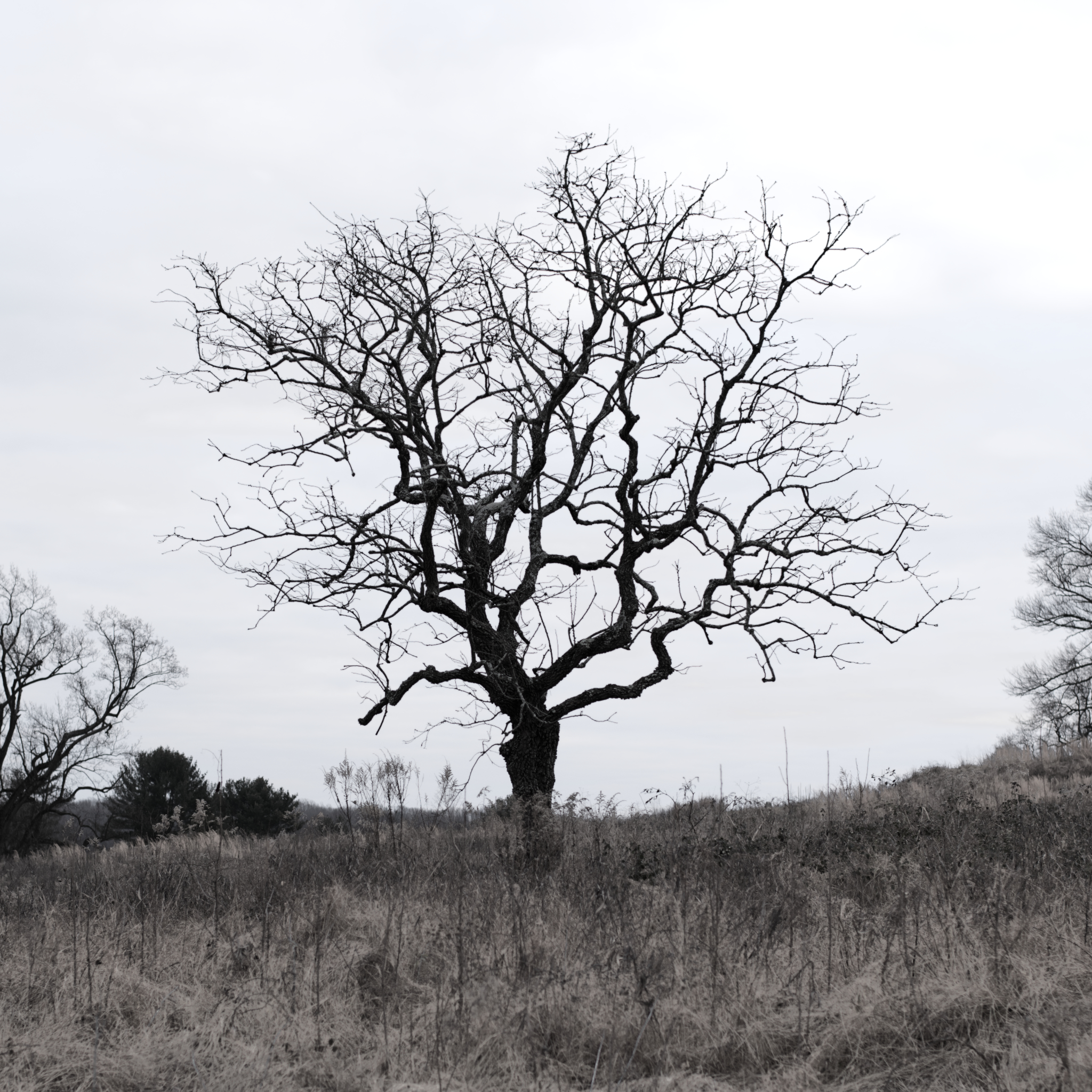I struggle to recall the Before Times when I could stop into the local donut shop and get a cup of coffee and warm my hands before heading back out to enjoy the last bit of darkness. Social distancing comes naturally to me. I have always needed to be alone. Not every day, perhaps, but regularly. That morning before the town had risen and before the fishermen climbed onto boats, I spent the last hours of night wandering the docks. A gentle lapping sound of the water against the pylons, the creaking and stretching of ropes tied around cleats, and my footsteps on the wooden piers.
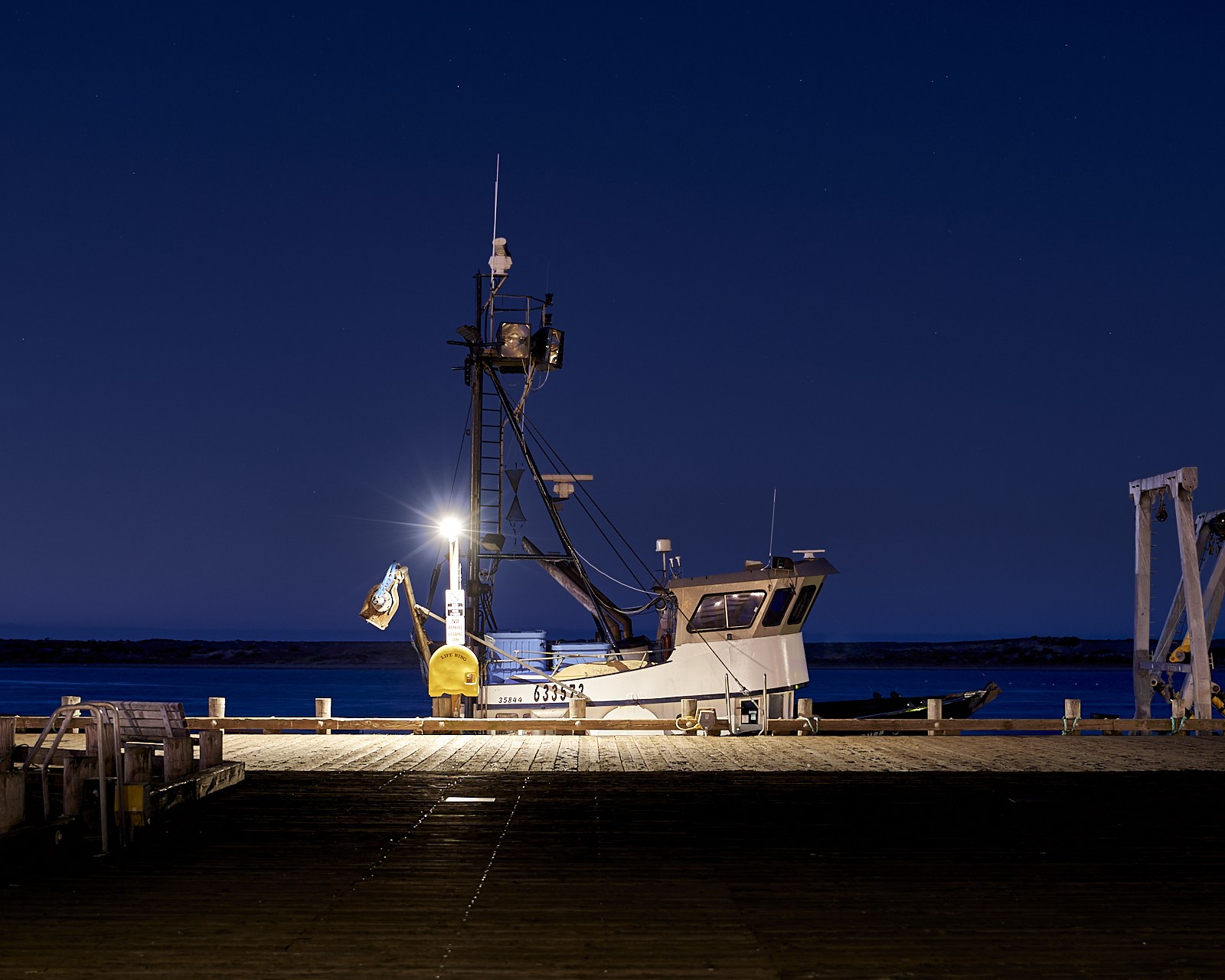
I watch as the eastern sky brightens and think, soon these docks will be bustling with locals and tourists. It was the middle of winter, so probably more locals than tourists that time of year.
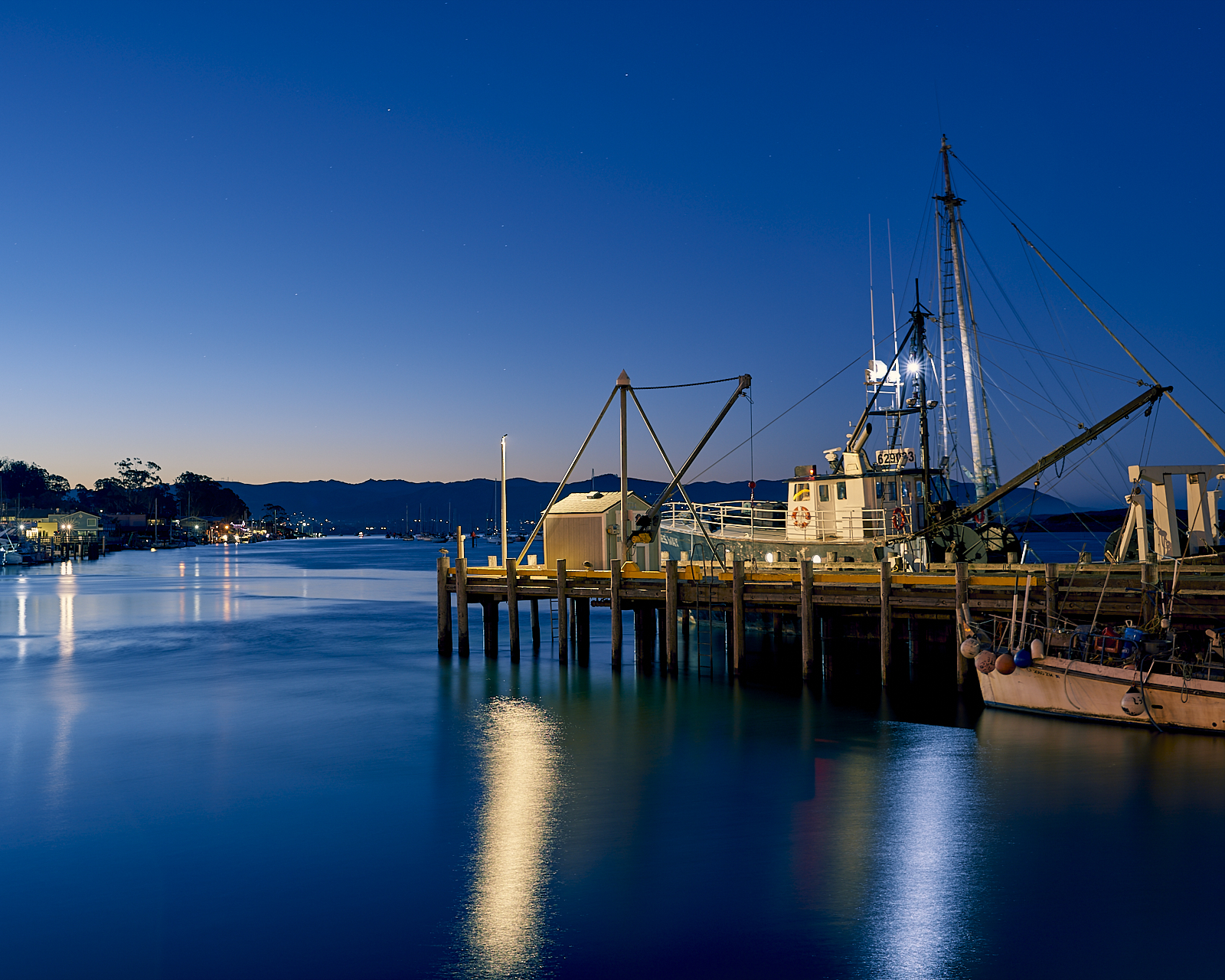
I have never developed a fondness for the coast and the little towns that cling to the shore, too busy and crowded. But that morning, sitting on a bench on that pier, I understood why so many people do like these towns. They are lovely and can, at the right time of day, be peaceful.
Looking at these photos reminds me of a time when being alone was a choice, a time of day or a place. They also remind me of not being alone, of walking away from the docks and back to have breakfast with my family.
